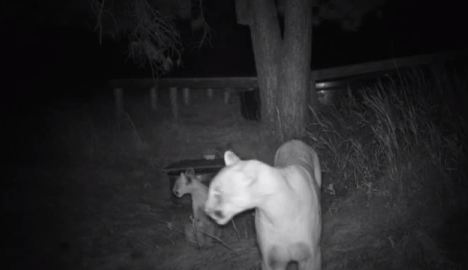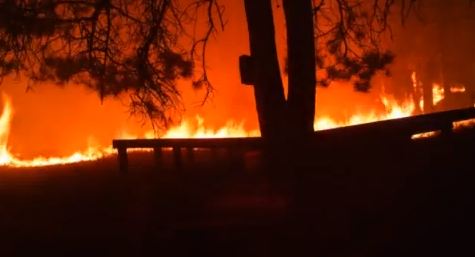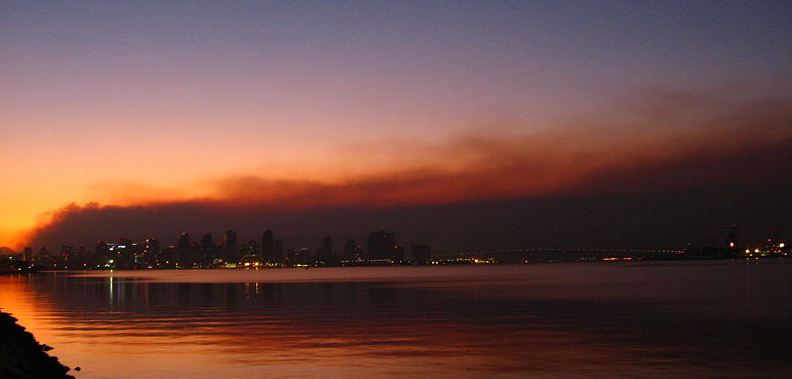
A bill has been introduced in the Nebraska Senate that would enhance wildfire training, preparedness, and suppression capability of firefighters in the State. The proposed legislation would provide two single air tankers in the northwest part of the state and develop a Type 3 incident management team, in addition to other provisions. Senator Al Davis of Hyannis will present the bill, called the Wildfire Control Act of 2013, to the Legislature’s Natural Resources Committee on Friday.
Key provisions of the proposed legislation include:
- Contract with private aviation companies to place two single engine air tankers during the fire season at airports near Chadron and Valentine. These planes would provide rapid initial attack across a broad area of western Nebraska on both private and public lands, keeping fires small and less destructive.
- Thin forests to reduce fuel loads, substantially reducing wildfire risk, intensity, and rate of the spread, and reduce risks to residents, communities and emergency personnel.
- Provide expanded training programs for volunteer firefighters, private landowners and communities in order to increase fire suppression effectiveness and safety.
- Develop a Nebraska-based Type 3 incident management team that would serve as a comprehensive resource to augment and help manage large wildfire operations.
- Expand the federal excess property programs managed by the Nebraska Forest Service to provide volunteer fire districts with fire suppression equipment.
- Rehabilitate forest lands that have been destroyed by wildfires.
The bill was introduced by Senator Davis and has eight co-sponsors.
Here is a link to a fact sheet about the bill with more details.









